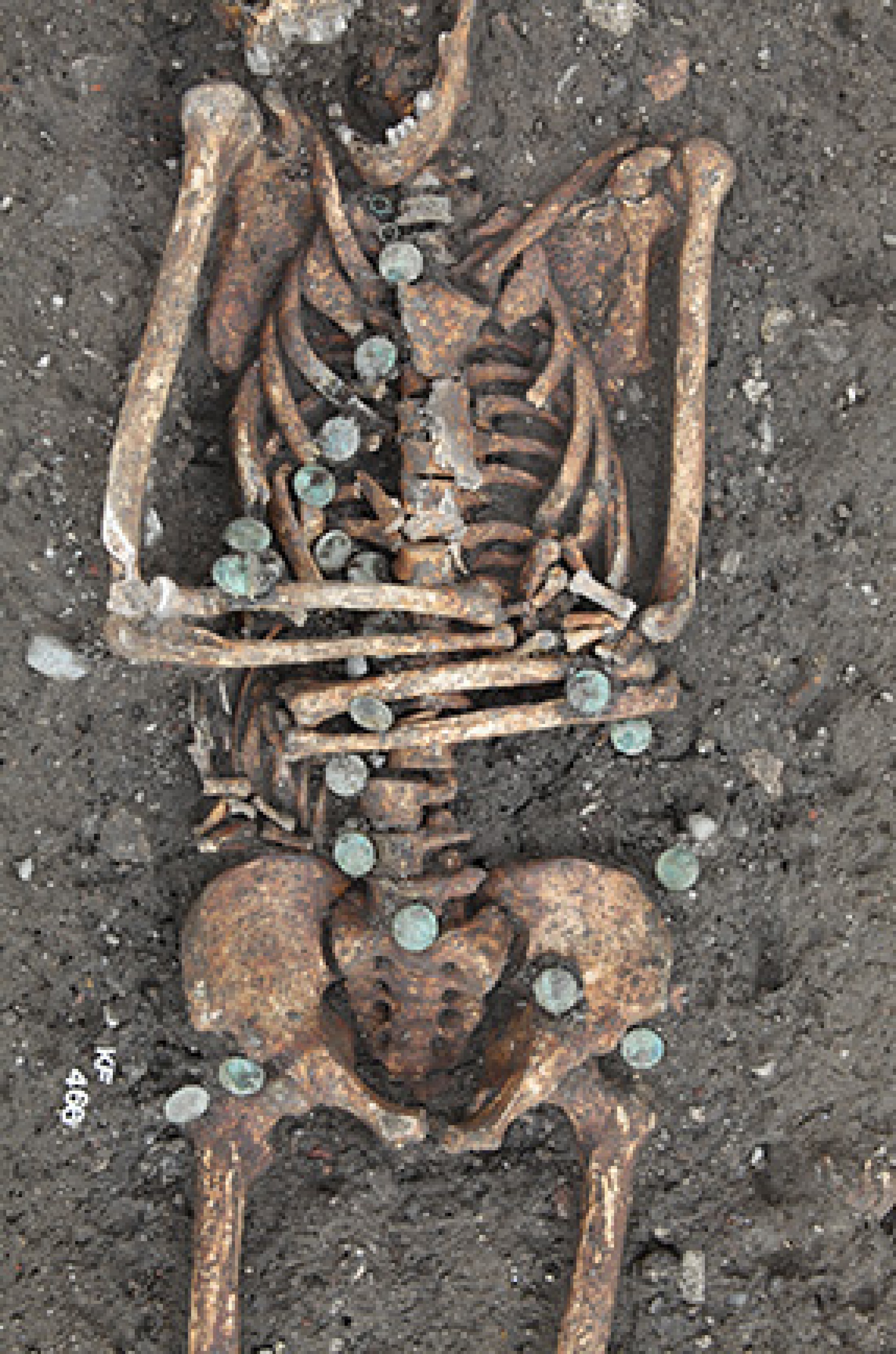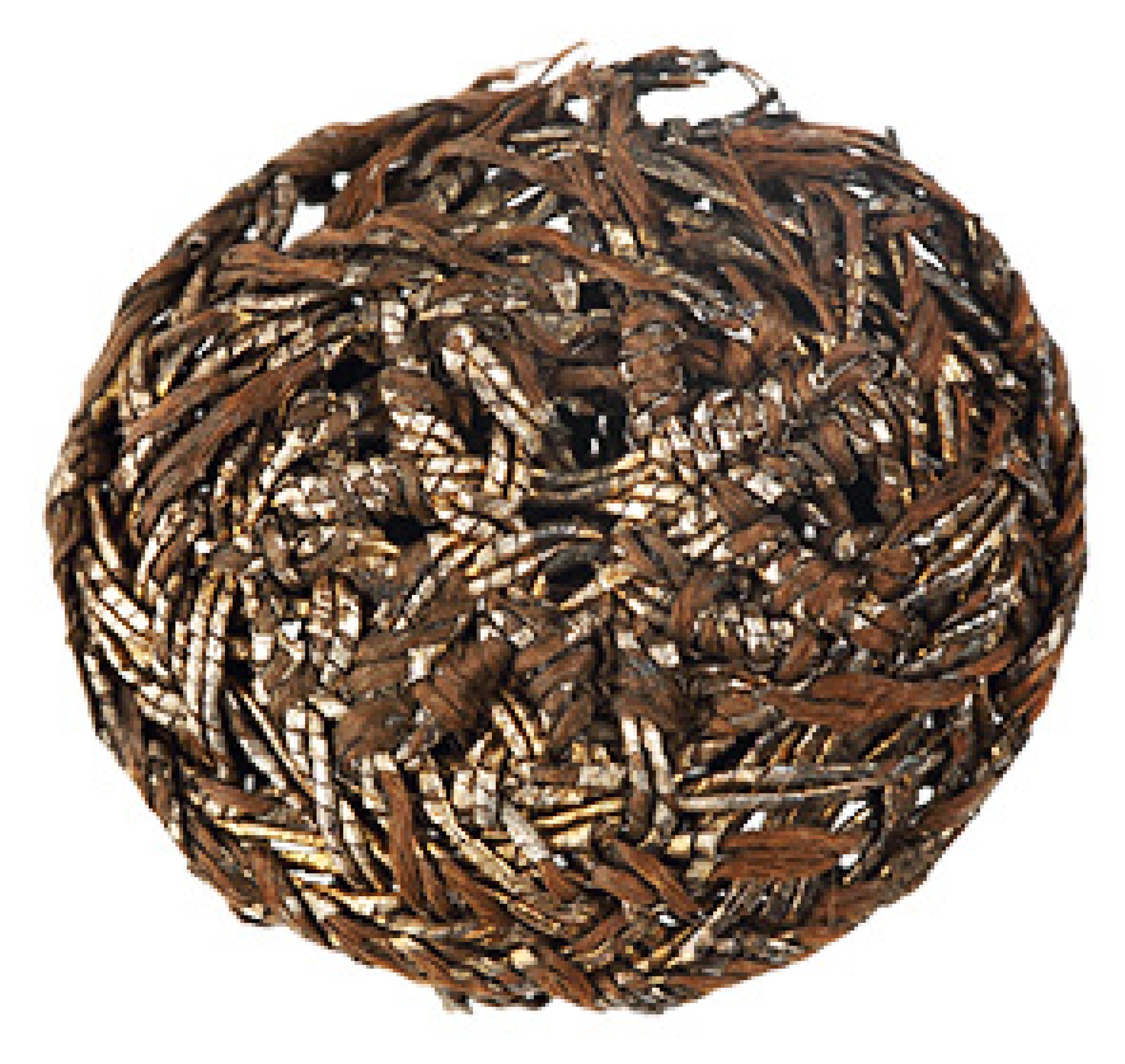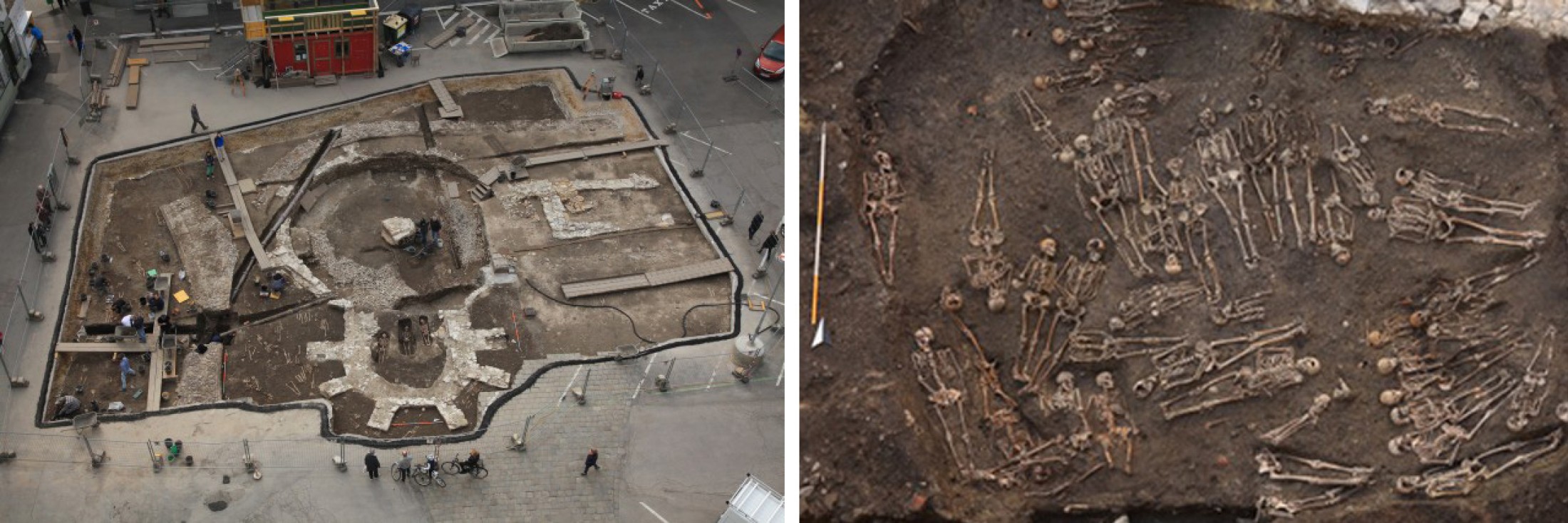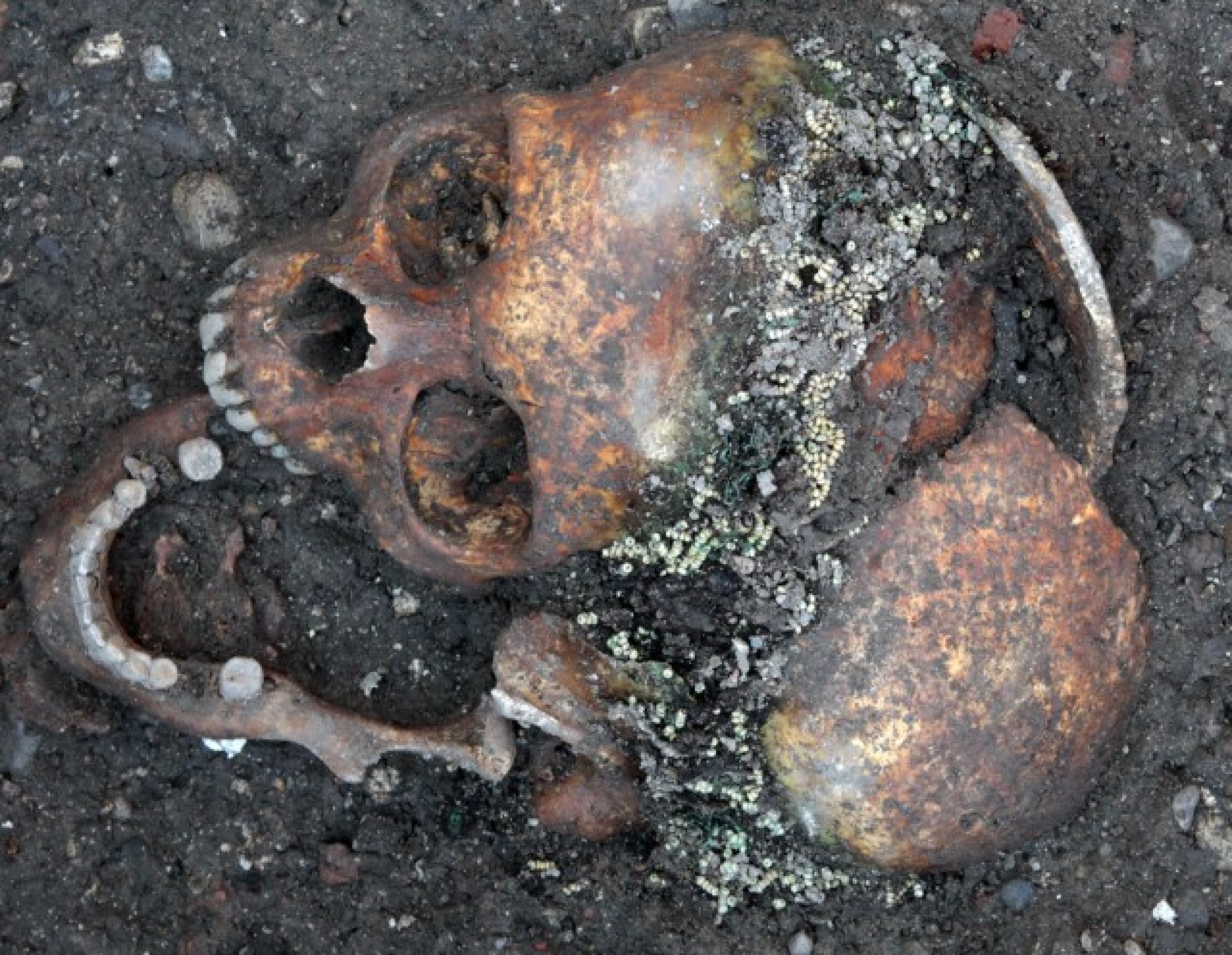Duration: 2017-2020
Coordinator: Dr. Ronald Risy
City Museum St. Pölten
Textile research coordinator: Dr Karina Grömer
Textile documentation expert: Angelika Rudelics MA
Modern clothing remains expert: Mag. Helga Rösel-Mautendorfer
Archaeological backdrop
In 2010, preliminary excavation work carried out on the square in front of the cathedral in St. Pölten revealed numerous archaeological finds dating back to Roman times. The site today home to the cathedral square lies on an
area of land once occupied by Roman settlement of Aelium Cetium, of which several architectural remains have been preserved.
The excavation area also lies on the site a former baroque monastery, today the seat of the Diocese of St. Pölten. Remains
from this period discovered there include two medieval church buildings, the former parish church and a double chapel.
The city cemetery, which was also located on this site, is essential in this context. By 2018 it had revealed 16,000 skeletons
and bones (not including the thousands of individual bones preserved in the ossuary, which was also excavated). Documents
indicate that the cemetery existed from the 11th century onwards before being finally abandoned in 1779. In the 19th century,
earth-moving work was carried out to level the land where the cathedral square was to be built. Much of this soil was taken
from the former burial site, so when the archaeological excavations began the experts found many graves just below the surface.
All skeletons have already been analysed to determine their age and sex.





